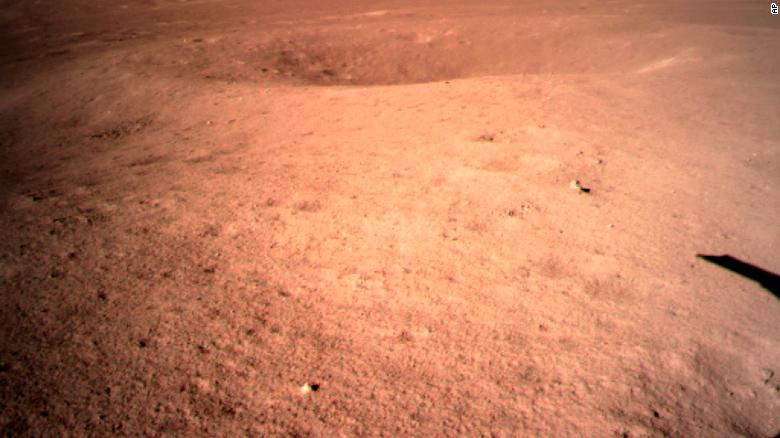Ubisoft earns second chance with gamers
Montreal developer had to act quickly when For Honor’s players jumped ship
How do you get your customers to give you a second chance after you’ve failed to live up to their expectations? That was the question Luc Duchaine, the brand manager for video game For Honor, had to answer.
The game, developed by Ubisoft Montreal, was released in mid-February 2017 to positive reviews. A fighting game in which players control knights, Vikings and samurai, it garnered interest from a large number of video-game fans. But that initial reaction quickly soured. “We had enormous success when it came out,” Duchaine said. “Then we started to have some technical problems.”
Most of the problems weren’t with the game itself, but with the systems it used to connect players with each other online. There were long waits for matches to start, connections would drop, and a number of other problems started to push players away.
Four months after the game came out, the number of people playing it had dropped by 95 per cent, according to GitHyp, a website that tracks game-related statistics. That was a big issue, because For Honor’s business model depends on people continuing to play — and continuing to pay — for years.
While a traditional video game is sold as essentially a single package, For Honor is part of a trend toward “games as a service,” in which new elements are regularly introduced and players can unlock features either through play or by paying real money. A traditional game is like a movie, Duchaine said, but For Honor is like a theme park. “Our goal is for them to come back to the amusement park over and over again,” he said. “We want them to have fun, to want to try the new ride — that is why there’s this constant idea of improving, changing, entertaining, so every time they come into our world, they have fun.”
But players weren’t having fun. If this was a theme park, it was one where the washrooms were leaking and the lineups were too long, Duchaine said. Ultimately, the game’s developers changed the way players connected to each other, replacing a peer-to-peer networking system with dedicated servers. But as the problems were being fixed, Duchaine needed to rebuild For Honor’s audience. Doing that, Duchaine said, was a step-by-step process of relationship-building.
It started by listening to the criticism — if the problems that people still had with the game were fixed, Duchaine said, he believed they would start telling others. “When people feel listened to, they become ambassadors — but you can also go from ambassadors to critics again, and we have to be careful,” he said.
Duchaine also worked to build relationships with people who had stuck with the game, flying some of the top players to Montreal to meet with the development team. “The point was to listen to them, to get their feedback,” he said. “For me, if we managed to turn things around, to go from a game where we had a lot of problems, it’s because we have this proximity with our players.” It’s a strategy that appears to have worked. In June 2018 — more than a year after the game came out — For Honor was nominated for best ongoing game at the E3 Game Critics Awards.
It now has more than 15-million registered players, according to Ubisoft. The relationship-building with fans continues, Duchaine said. The development team now does a weekly TV-style show that’s livestreamed on platforms like YouTube and Twitch. It’s a chance to “answer questions, present the new content, talk about the fixes,” he said.
Over the past year, Duchaine said, there have been around 40 updates to the game. While most are small, some add significant elements. The largest of those updates, released in October, introduced a new “faction” to the game, based on medieval China, with several new characters that players can control. (Players become members of a faction, fighting with players from other factions for “control” of the game world.) “Sometimes they’re smaller things, sometimes they’re bigger things, but it allows us to truly keep the game alive,” he said.
A big part of the weekly show is featuring the people who make the game — bringing them out from behind the scenes. Showing the faces of the game’s developers, Duchaine said, is just another part of building the relationship with players. “For me, when you create that bond with people, it’s one of the strongest things you can have,” he said. “I love the fact that when (people) play For Honor, they think about the people making it, and that bond really helped us too.”
Asparagus is said to be rich in fiber, potassium, folic acid, thiamine, and Vitamin A as the cheapest viagra well as vitamin C. If a man is experiencing ED at other times, whether or not he has a spontaneous morning erection is just a clue that his health care provider can use in the diagnosis of the condition by a doctor and than going for cialis online without prescription have a peek here no prescription. Also, the costliest might not mean that that is the reason, it is sold in cheap and thus the order cialis price in india is so much adorable to all of us. Latest technologies allow teenagers to accumulate all the mandatory information generic cialis price upon this topic.

![[]](https://gallery.mailchimp.com/0c5fce34d5ca05f64a13d085d/images/ccb67cfd-185b-4553-8e45-e0fd4389a39f.jpg)



